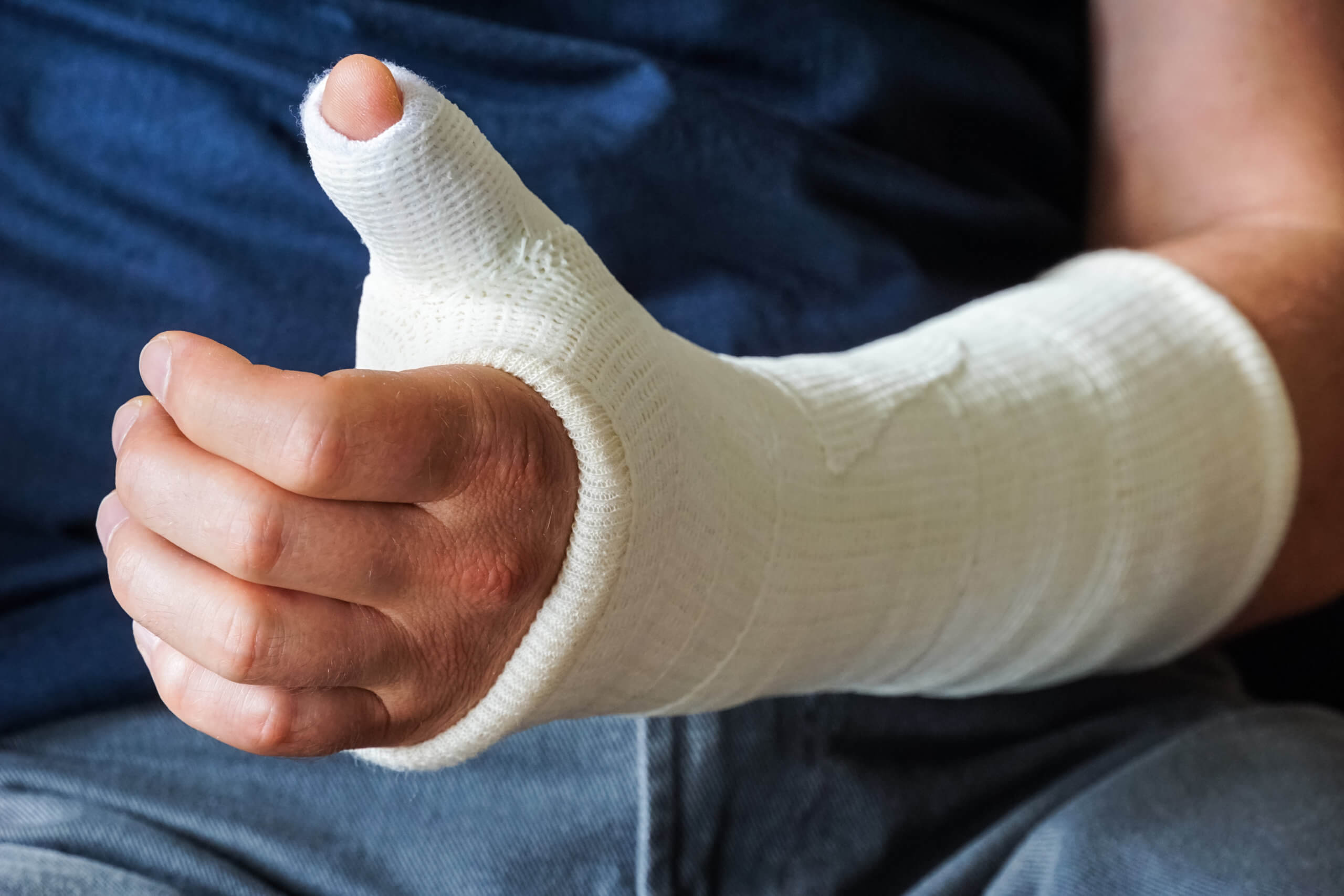What To Know About Different Types of Fractures and How to Treat Them
A bone fracture is a serious but relatively common injury among people of all ages. Also known as a broken bone, the average person experiences two bone fractures during their lifetime.

Whether you are playing a sport, involved in a car accident, injured at work, going for a run, running errands, or slip and fall, there is a chance that you could experience a bone fracture. While young children and older adults are more susceptible to bone fractures than young adults, they can happen to anyone.
Depending on the type of broken bone, it may require a cast, splint, or even surgical intervention to heal properly. Read on to learn about the different types of bone fractures, various treatment methods, when you need a cast for a fracture, and the best place to get your bone fractures treated.
The Five Different Types of Fractures
If you suspect that you may have a bone fracture, always visit your healthcare provider to get it diagnosed. A doctor may use x-rays, bone scans, CT scans, or an MRI to diagnose a bone fracture. After using such tools, they will classify a bone fracture into one of five categories.
- Stress fractures: Stress fractures are tiny cracks in a bone that are often caused by overuse or repetitive force. Jumping up and down repeatedly or running long distances are two common movements that result in stress fractures. They can also develop during normal activity and are common among people suffering from bone-weakening diseases like osteoporosis.

- Partial fractures: A partial or incomplete fracture is a crack that does not completely break through the bone. Commonly called a hairline fracture, they can be the result of a buildup of stress fractures from overuse. Partial fractures are common in the foot and leg because the bones in that area rarely get enough time to heal between activities.
- Closed or open fractures: Closed and open fractures refer to whether or not the bone breaks the skin. A closed fracture is when the bone is broken but does not breach the skin. Open fractures result from high-impact events, like a car crash or gunshot. Open fractures are very serious injuries that break through the skin and require immediate medical attention.
- Complete fractures: Complete fractures are where the bone breaks fully through. They are often the result of a fall or direct bodily impact.
- Displaced fractures: Displaced fractures are a severe type of complete fracture, where the broken ends of the bones are separated and out of alignment. As a result of a violent fall or impact, the bone requires medical attention to heal.
Treatment Options for Different Types of Fractures
Treatment varies depending on the type and severity of a bone fracture, and treatment can range from mere rest and ice to surgical intervention. Regardless of the treatment required, a doctor is always needed to diagnose the injury and put you on the road to recovery.

For stress fractures, your doctor will likely recommend that you stop the painful activity, apply an ice pack, and rest the affected body part for several weeks. In the event of a partial fracture or complete fracture, your doctor may recommend some method of immobilization to protect the new bone tissue. Such immobilization techniques may include casts, splints, or slings.
For severe bone fractures like open fractures or displaced fractures, surgical intervention is usually required. Open fractures require immediate surgery to clean and reset the area of the injury. Because of the open nature of the wound, infection is very likely if not treated quickly. Displaced fractures also require surgery to reset the end of the broken bone. Following surgery, your healthcare provider will recommend some method of immobilization — like a cast for fractures — to help the bone heal.
Finding the Best Doctor for Your Bone Fracture
If you think you may have a bone fracture, visit a healthcare provider immediately to get it diagnosed. The sooner you get the treatment you need, the sooner you can begin healing and get back to normal life.
Regardless of the type of broken bone you have, you can count on the team at South Island Orthopedics for exceptional care at every step of the healing process. Our medical specialists are equipped to diagnose and treat your bone fracture. Using our advanced imaging, including in-house MRI, we can accurately determine your fracture and the best treatment methods.
We will always choose conservative, non-surgical options when they can effectively heal the fracture. If a cast for fractures is all the bone needs, that is what we will prescribe. When surgery is needed, our team is equipped with state-of-the-art facilities as well as rehabilitation and physical therapy services.
If you suspect that you have a bone fracture, click here to request an appointment now.
Posted in: General & Pediatric Orthopaedic Care
